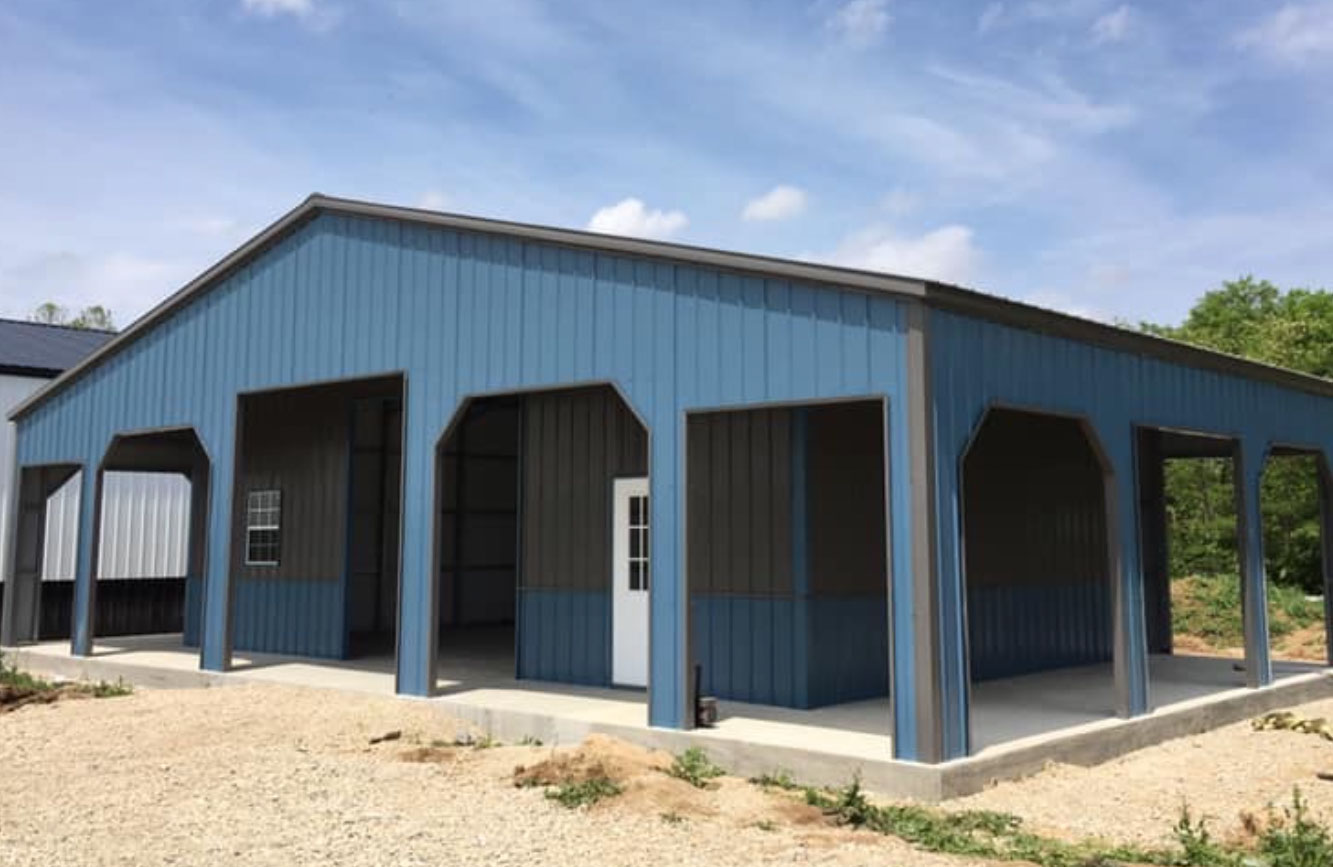
The foundation of a metal building is its anchor, ensuring stability, durability, and longevity. When selecting the appropriate foundation for your metal building, it’s crucial to consider the climate of your location.
Different climates pose distinct challenges, and tailoring your foundation choice to match the specific conditions can significantly impact the structural integrity of your metal building.
1. Concrete Slab Foundations for Mild Climates
In regions with mild climates, where frost penetration and extreme weather events are infrequent, a concrete slab foundation is a popular and cost-effective choice. These foundations provide a level surface, making them ideal for various applications, from workshops to storage spaces.
2. Pier and Beam Foundations for Coastal Areas
Coastal regions often experience high humidity, salt exposure, and the risk of flooding. Pier and beam foundations elevate the structure, reducing the likelihood of water damage. This design allows air circulation beneath the building, mitigating moisture-related issues and enhancing the building’s resilience against coastal challenges.
3. Frost-Protected Shallow Foundations for Cold Climates
In colder climates where frost penetration is a concern, frost-protected shallow foundations are a practical solution. These foundations are designed to keep the building above the frost line, preventing ground freezing that could compromise the stability of the structure.
4. Pile Foundations for Unstable Soils
Some regions may have unstable or expansive soils that can shift and settle over time. Pile foundations, which penetrate deep into the stable soil layers, provide additional support and prevent issues related to ground movement. This is particularly beneficial in areas prone to soil erosion or where the ground is less firm.
5. Perimeter Wall Foundations for Wind-Prone Areas
Wind-prone areas require foundations that can withstand lateral forces. Perimeter wall foundations, which distribute the load evenly around the building’s perimeter, are effective in resisting wind uplift. This design enhances the overall stability of the metal structure in areas prone to high winds and storms.
6. Engineered Slabs for Seismic Zones
In seismic zones, where the ground can experience significant movement during an earthquake, engineered slabs provide enhanced stability. These slabs are designed to absorb and distribute seismic forces, reducing the risk of structural damage during an earthquake event.
7. Combination Foundations for Versatility
In some cases, a combination of foundation types may be the most suitable solution. For example, a metal building in a region with varying climate conditions might benefit from a combination of concrete piers, slab, and perimeter walls to address different challenges effectively.
When choosing a metal building foundation based on climate, consulting with a structural engineer or a foundation specialist is advisable. Their expertise can help determine the specific requirements for your location, ensuring that your metal building stands resilient against the challenges posed by the climate in your area.
Taking the time to tailor your foundation choice to your climate is an investment in the long-term stability and durability of your metal building.
